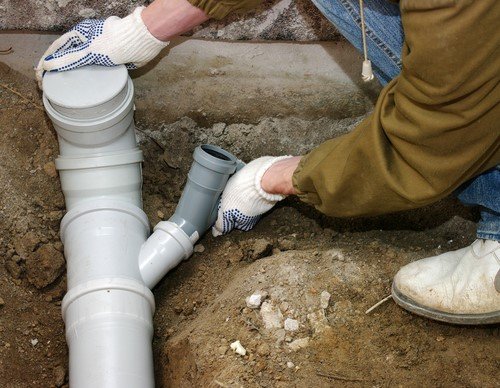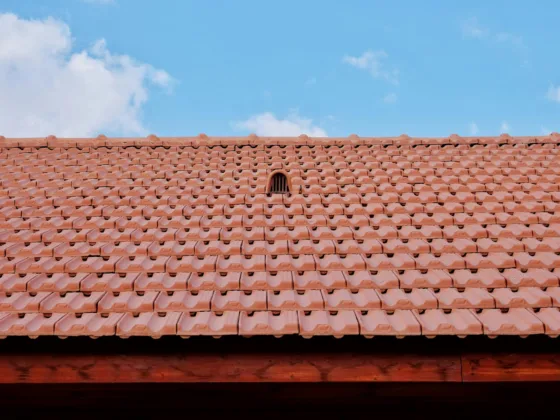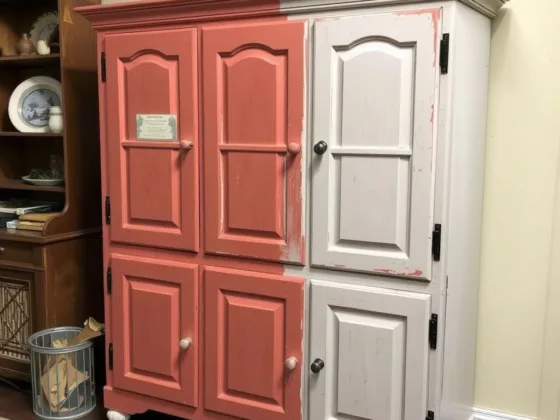Table of Contents Show
The quality of construction of a wooden house depends not only on the contractor and the chosen site but also on the type of wood. When choosing the right materials, you need to consider the terrain and climate conditions, along with the characteristics and performance of each type of wood.

The log cabin must withstand temperature fluctuations and exposure to moisture, as well as go through protective treatment against mold, fungi, and insects.
It is worth choosing the type of wood after the development of the project since the requirements for the strength and stability of the material depend on the area, the number of stories, and additional architectural elements.
What Rocks are Suitable for Construction?
For the construction of houses, deciduous and coniferous trees are often used. Among hardwood, oak has the greatest strength and durability but is also the most expensive. Linden and aspen are mainly used for housing in warm climate zones.
Coniferous wood retains heat perfectly, withstands cold temperatures and moisture. Cedar, larch, and pine are often used in construction. In addition, they have medicinal properties and a pleasant aroma.
Read Also:
TOP-3 Types of Wood for Felling
If you analyze the characteristics of each wood type and evaluate their properties, you will find that pine, oak and larch are the best options for a log cabin.
Pine Treehouse
Pine is one of the most popular types of wood used in the construction of log houses due to the ideal ratio of price and quality. This wood is suitable for different latitudes and thrives in both warm and cold climates. The advantages of the material include:
- uniform yellowish-white color;
- resistance to strong shrinkage and cracking after drying;
- low coefficient of thermal conductivity;
- resistance to decay, mold, fungi;
- attractive pattern.
If you wish to choose pine for construction, it is also worth considering the material’s qualities. First of all, you should know that there is a thick layer of sapwood under the bark, but this can be considered a decorative element. Secondly, pine is the main source of resins.
Some may like this healing aroma, but others will not be able to get used to it. At the same time, it is impossible to completely get rid of this specific smell.
Spruce also falls into this category, but it is less strong and durable due to its loose structure. Therefore, even despite the excellent thermal insulation properties, it is worth choosing pine.
Oak Frame
Oak is superior in strength to other wood types, making it the most durable and reliable material for building log cabins. It is the best choice for capital construction due to a number of advantages:
- the high density of wood, due to which it is resistant to decay and other destructive processes;
- resistance to combustion, good adhesion to fire retardants;
- no need for antibacterial treatment, since oak, is resistant to any biological damage (fungi, mold, spores, other bacteria);
- excellent thermal insulation and heat preservation in the room;
- resistance to high humidity and temperature extremes;
- noble appearance and attractive pattern, pleasant color.
Despite its huge number of advantages, pine is more popular for two reasons. The first is that oak is too heavy and not suitable for all projects and sites. The second reason is more significant and lies in the oak’s high price, which is several times higher than the cost of coniferous wood.
Larch House
It is a beautiful, durable, affordable log cabin wood that is resistant to decay and bacteria. The advantages of larch include:
- high density;
- color retention even when exposed to low temperatures and salty air;
- antiseptic properties due to a higher content of antioxidants;
- fire resistance.
Larch has a beneficial effect on the respiratory system, but unlike pine, it does not have a characteristic odor. Nevertheless, in terms of cost, it can only compete with oak.
How Does the Type of Forest Affect the Wood?
After choosing the type of wood, you need to consider one more factor – the type of forest where the wood was harvested. This can influence the wood’s cost and properties.
Brushwood
This is when a tree falls to the ground under the influence of wind or other factors since the root system could no longer hold the trunk. Although this is the most budget-friendly option, it is not suitable for a log cabin, especially if the trunk has been on the ground for more than 1 year.
Deadwood
The root system is not viable. At the same time, the trunk is already dry, but the tree was always in an upright position and did not touch the ground. Suitable for small buildings, baths, utility structures.
Substitute
Low trees up to 18 meters with a log thickness of 10-20 cm fall into this category. Thin logs are suitable for a small one-story house in a warm climatic zone. This material is high quality but isn’t able to support a lot of weight.
Sawlog
This forest includes conical, knotty trees that grow in groups and have a height of no more than 24 m. It is rarely used for constructing houses, but many choose it because of its affordable cost (the price is several times lower compared to other wood types).
Timber
Timber is the ideal solution for a log cabin. Trees grow on high-quality soil, receive a sufficient amount of moisture, while there are many undersized individuals that prevent the formation of knots. Log buildings made from this wood are beautiful, even, and have high durability.
Log House Preparation
Before starting construction, it is important to verify the quality of the wood. Any stains on the wood indicate that the material was stored incorrectly and began to deteriorate. Irregular, loose areas are also an indicator of this same problem.
If the wood is much darker than it naturally should be, this means it has been exposed to high humidity for a long period of time.
Each log house is treated with fire retardants, as well as special sealers to protect the wood from insects and bacteria. Even the most resistant wood will benefit from additional treatment. After constructing the house, the walls are varnished or painted.
It is worth knowing that high-quality material must be delivered already dried and sanded, and processing is carried out on site.
Before you make the final choice, it is worth evaluating the characteristics and properties of each material in order to choose the best option. The main thing is to contact a trusted supplier since even oak or pine timber can be of several varieties.









